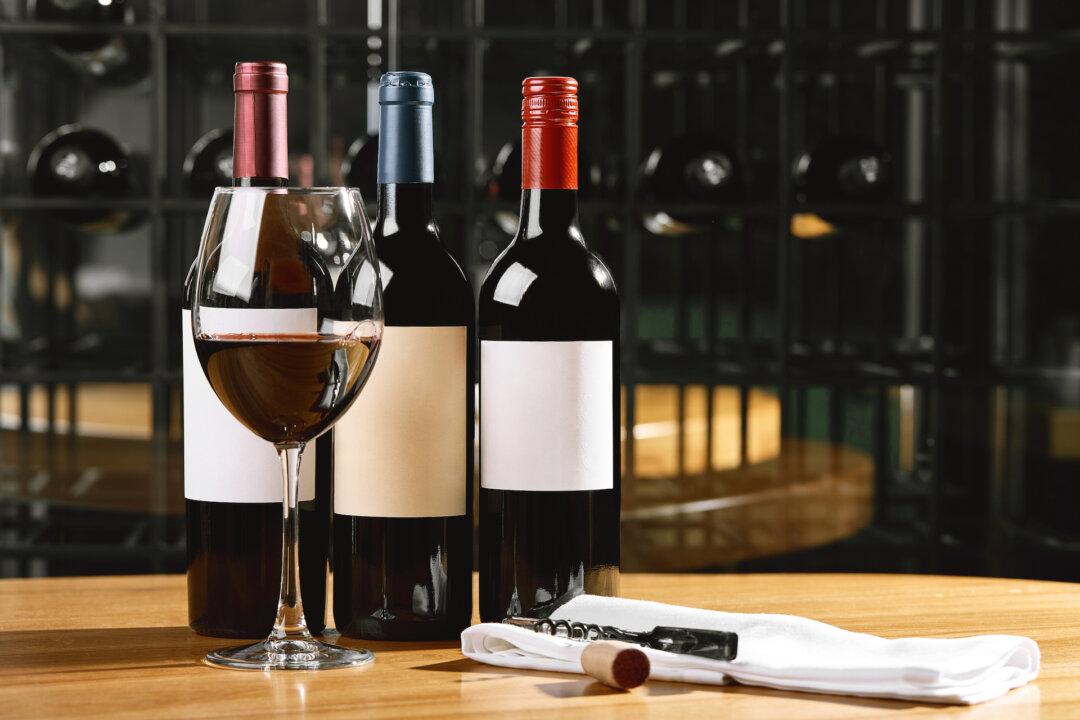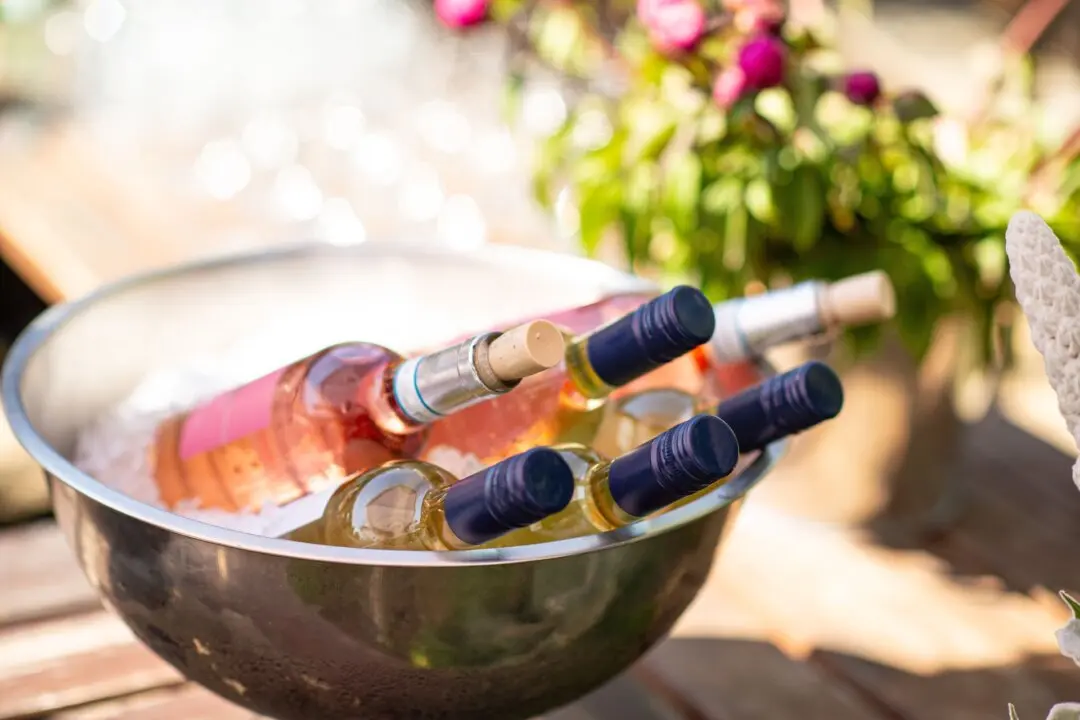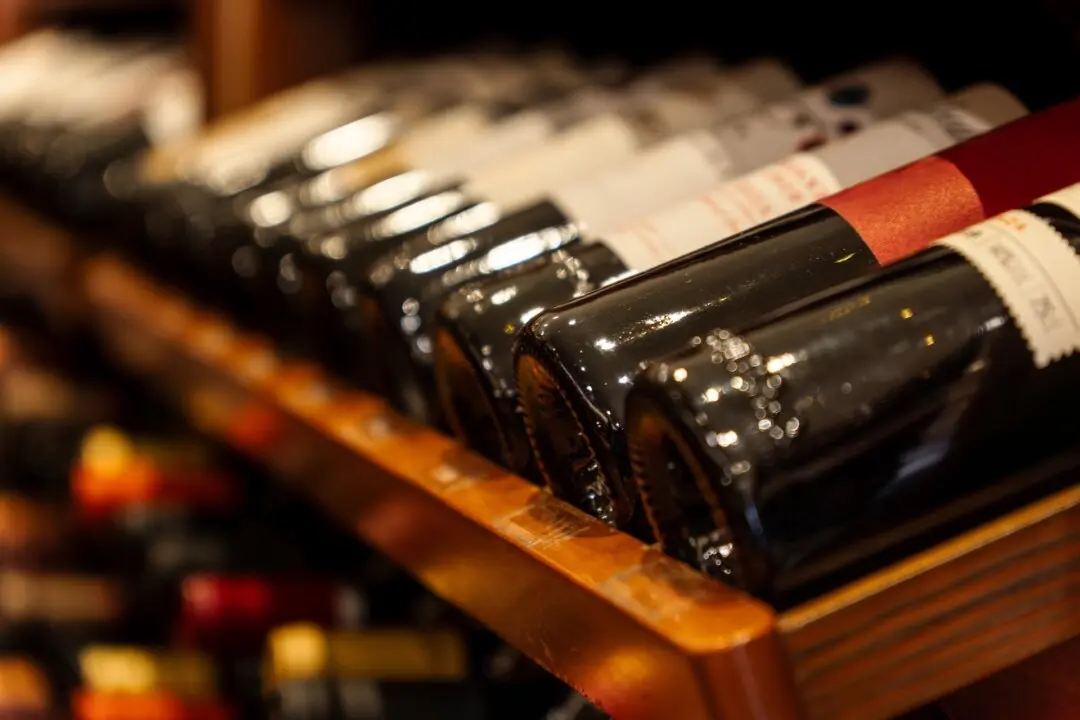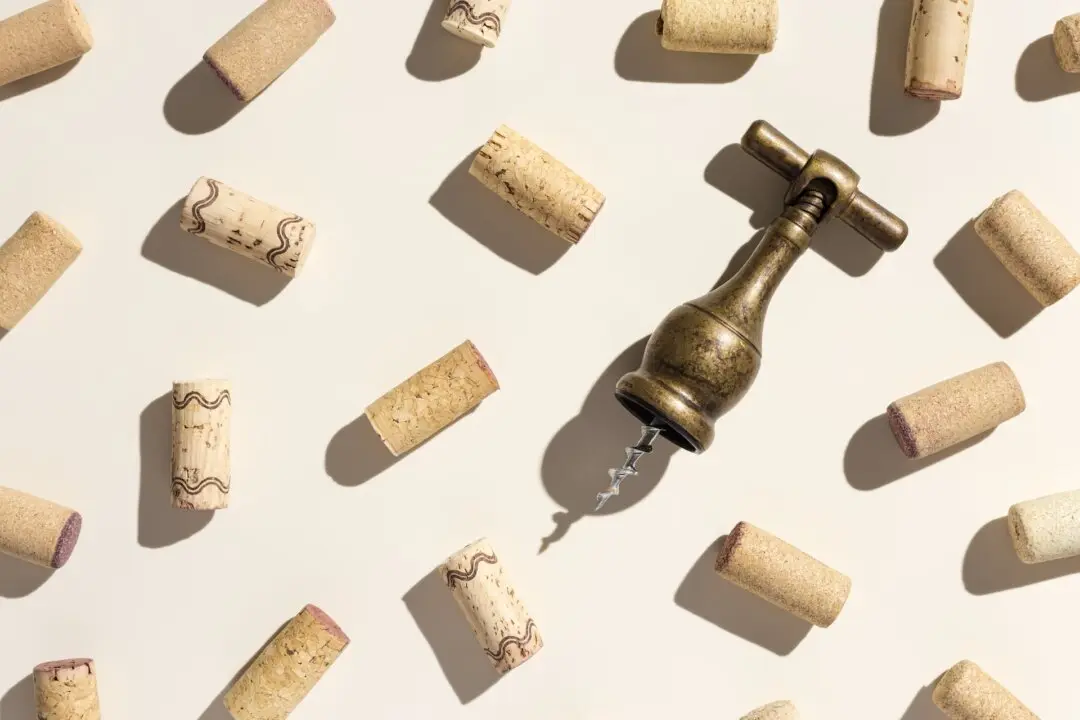Almost exactly 50 years ago, in 1975, California signed into law the Magnuson-Moss Warranty Act that protected buyers of automobiles with major flaws that made them difficult if not impossible to fix.
Called a “lemon law,” the act became so popular that it was soon copied around the country; versions of it now protect other products as well.





